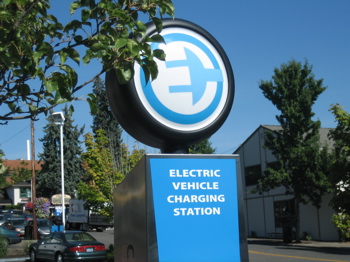 One of the things that I always explain to anyone buying a home in Lake Oswego, and particularly a lakefront home, is that the lake has a history of routine maintenance that occasionally requires a draw down of the water level.
One of the things that I always explain to anyone buying a home in Lake Oswego, and particularly a lakefront home, is that the lake has a history of routine maintenance that occasionally requires a draw down of the water level.
For years this was done every other winter. Remember that while there is a natural lake area that is fed by the Tualatin River, much of the lake was enlarged by man and the water level is controlled via the in-take gate at the Tualatin River and the dam along McVey Avenue.
In the past the reason for the draw down was to allow homeowners to repair seawalls and do maintenance on their boat houses. It was also used as a way to flush the lake of water that had grown stagnant and re-fill it with new water to help control the build up of algea.
Then a few years ago the Lake Corporatation installed aerators that added oxygen to the water and lessened the need for such frequent draw downs as a means of keeping the lake clean. So it has been awhile since there has been a draw down of the lake water.
That will be changing in the fall of 2010.
Beginning this fall, the City of Lake Oswego is in the preliminary stages of what is known as the Lake Oswego Interceptor Sewer Project. Basically, the sewer that now serves 2/3 of the city is submerged 14 to 21 feet under the lake. It was built in the 1960’s and is vulnerable to earthquake damage as well as being too small to accommodate the needs of the community. So a new interceptor will be constructed and that is going to have an impact on how the lake looks and how we are able to use it.
There will be 3 phases to the construction. Phase one is beginning now. It involves obtaining permits, securing funding, and obtaining bids. This is all the paper shuffling stuff, and while citizen input is encouraged, unless you make an effort to get involved, you won’t see anything different happening.
Phase two is in-lake construction that can be done from barges without drawing down the water. This phase is expected to begin in early 2009 and last about a year. During this phase you will see numerous barges on the lake and you will also see construction access points and large quantities of materials being stored at various locations. Access points are expected to be at the Alder Point and the Maple Circle easements.
The last phase is when the water draw down is to occur. This phase is expected to begin in September of 2010 and be completed by Spring of 2011. The idea is to have it completed by summer to allow the normal summer use of the lake. As with all construction projects, I’d advise being a bit flexible on that one. Construction access points will expand to also include the Lake Corporation Marina on McVey Avenue, the Allen Road Easement, and the Northshore Bridge Easement.
For full details on the Sewer Interceptor Project click here.
So don’t be surprised when there is an occasional draw down of the lake level. It has happened many times over the years, and it will certainly be happening in the near future.

 I was pleasantly surprised yesterday morning to find an article on the front page of the Clackamas County edition of the Oregonian featuring a story about the new electric-car, plug-in charging station that is now in Lake Oswego.
I was pleasantly surprised yesterday morning to find an article on the front page of the Clackamas County edition of the Oregonian featuring a story about the new electric-car, plug-in charging station that is now in Lake Oswego.